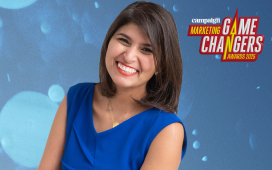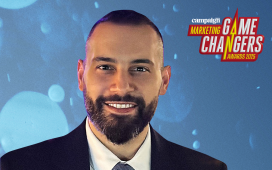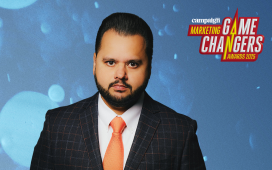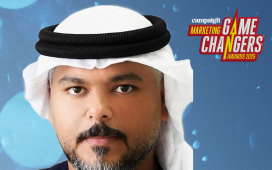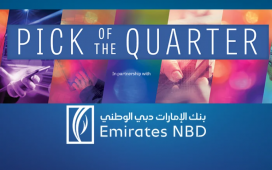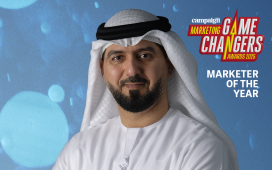Here’s what we all know: There is a war raging for the most finite (and therefore, most valuable) commodities of all – people’s attention and time. Now, let’s get into the rules of engagement.
Every business or brand that believes it has solved a problem or added value to the world has partnered with marketers, media, and agencies to try and get their message out to the masses. However, are people paying attention to their message?
The “goldfish” myth that attention spans are decreasing was debunked months ago, because the truth is somewhat more nuanced.
In a world where consumers spend hours on their phones, laptops, tablets or looking at larger screens, they are ge
To continue reading this article you need to be registered with Campaign. Registration is free and only takes a minute. Register Now or sign in below if you already have an account.
Tags:AdvertisingAttentionattention metricsattention spanbrand storytellingbrandsconsumer attentioncreativeDigital StorytellingGroupM MENAimmersive experiencesinfluencer and social mediaIntegrated MarketingmarketingMary SmiddyMohammad El TayechMSL Group Middle EastNay RiachyPlayground xyzprovocativesocial listeningTBWA\Raadvideo content


